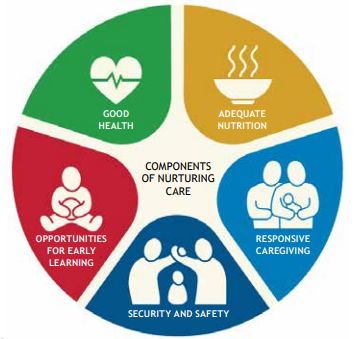
We reasoned that if we have an innovative e-book, why not do innovative marketing? Instead of marketing the book, the next plan calls for promoting the online personal health course that is designed specifically to mesh with the book. Four thousand e-mails yielded a dozen responses, but to date no schools have signed on. The initial approach to marketing the book was to contact community colleges where a personal health education course is taught. Students taking an in-class course at a Dallas community college, in contrast, did not like the e-version - they wanted everything in print - and eventually the Pruitt-Stein textbook was ultimately dropped. From the author's perspective, this is all good because it prevents - or minimizes - students sharing an e-book. They tend to be mobile - on the road for work or commuting - and most often have a laptop and therefore their textbook with them. There also is the convenience factor for these students. Because it's a distance learning course, most of the students live off campus, and it's not as convenient for them to borrow a textbook from a roommate or read it in the library.

At the University of Maryland, for example, about three dozen students take an online health education course in the winter and summer, and most buy the e-book. We have learned that the e-book works best in courses designed for e-learning. "Put it all together - lecture, book, instant sources - and the students get everything they need to pass the final," according to one professor. For example, e-links in the book get students directly to other sources of information - the National Institutes of Health, the Centers for Disease Control and Prevention, and other popular websites. And from the teacher's viewpoint, the e-book results in a broader course experience. About 400 students a year at Texas A&M have logged on for the book, and we don't hear complaints from them. The book sells to students for $45 and the print version is nearly $100.Įarly results are promising.
#Elinks texas health org password#
Students buy the right to an online version for six months, and each student gets his or her own password to access the book. The e-version of Decisions for Healthy Living is used at Texas A&M, University of Maryland, University of North Carolina-Greensboro, and some community colleges. It was time for a change and time to experiment.We had access to experts in distance learning and computer know-how in putting books online.Used books, which are very easy to purchase online, return nothing to authors.We were not pleased with the marketing done by the publisher (another common complaint).We were not pleased with some of our publisher's demands about content (we're not alone here).

While most courses use "regular" textbooks, e-books will surely increase in popularity.Īfter three print versions of Decisions for Healthy Living, a college health education textbook I co-author with Buzz Pruitt, professor of Health Education at Texas A&M University, we opted for an e-version. With about four million students a year taking online courses in the United States, it's a potentially huge market to tap. While it's still early in the development process, traditional publishers and entrepreneurs are entering the e-textbook market. One place to look is on the Internet: E-textbooks can often cost less than half the price of a paperback version. All rights reserved.With most college textbooks running more than $100 - some top $200 - students and teachers alike are looking for ways to get books cheaper. TripAdvisor - travel reviews and recommendations,ĮL ® Essential Links TM, Copyright (c) 1995-2016, Essentix, Inc.

Email: GoogleMail, Yahoo!Mail, Hotmail, AOLmail Social Media: Facebook, Google Plus, Pinterest, Twitter, YouTubeĮL Directory to the Best Sites of the Internet REFERENCE


 0 kommentar(er)
0 kommentar(er)
